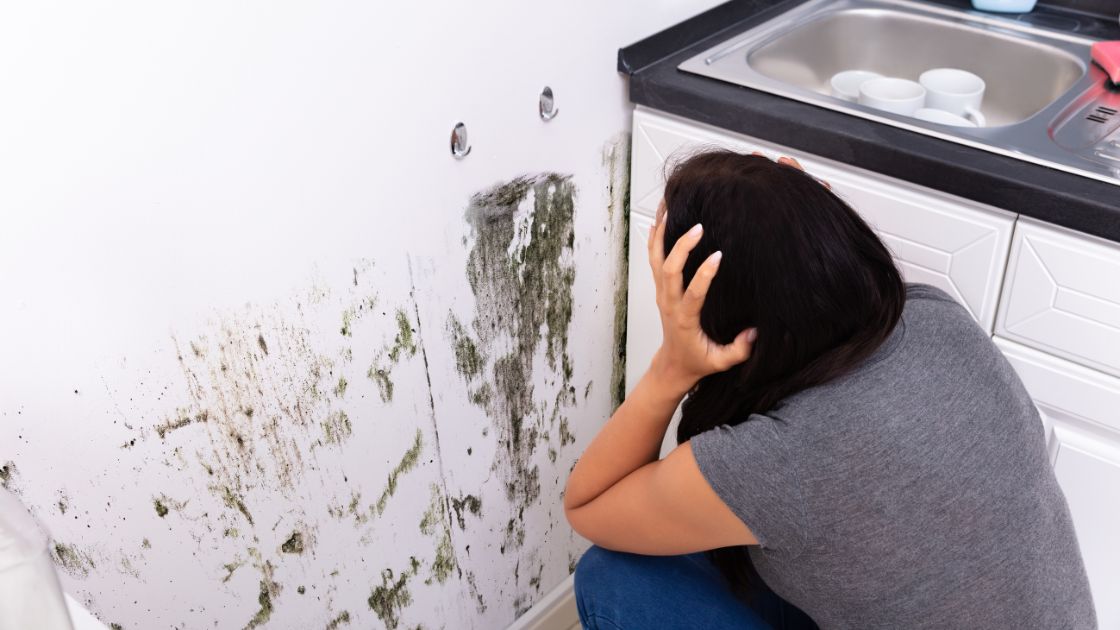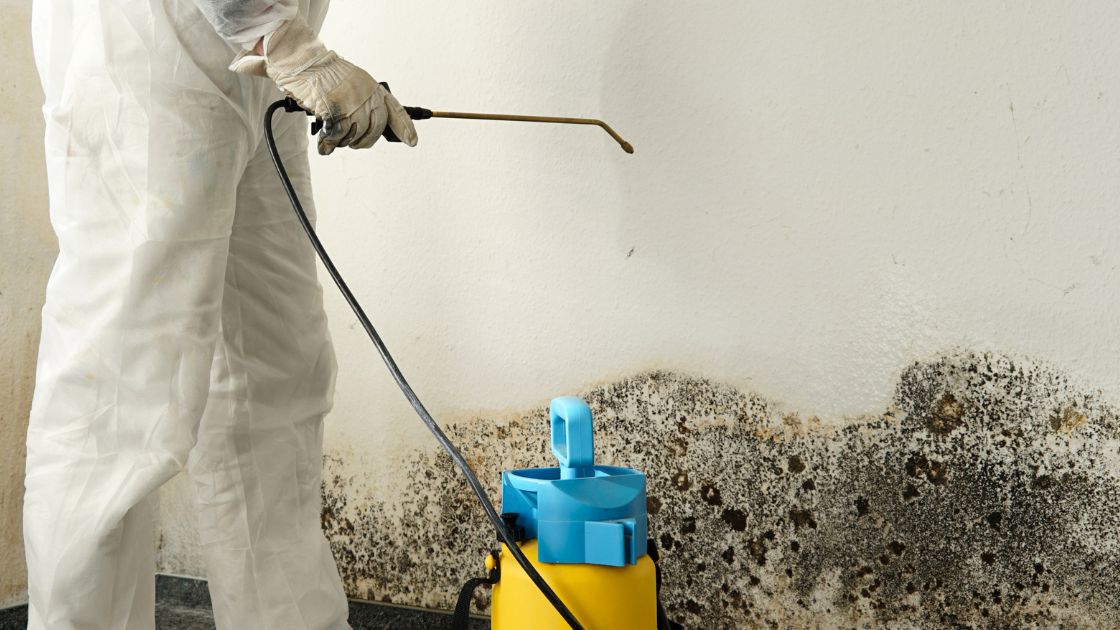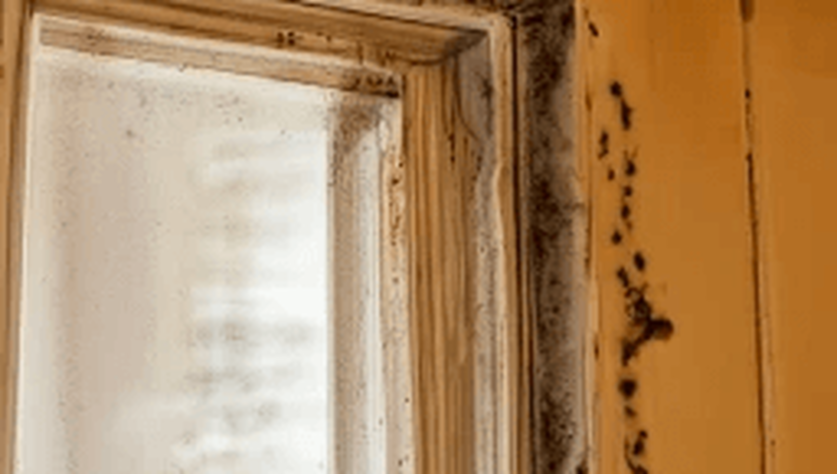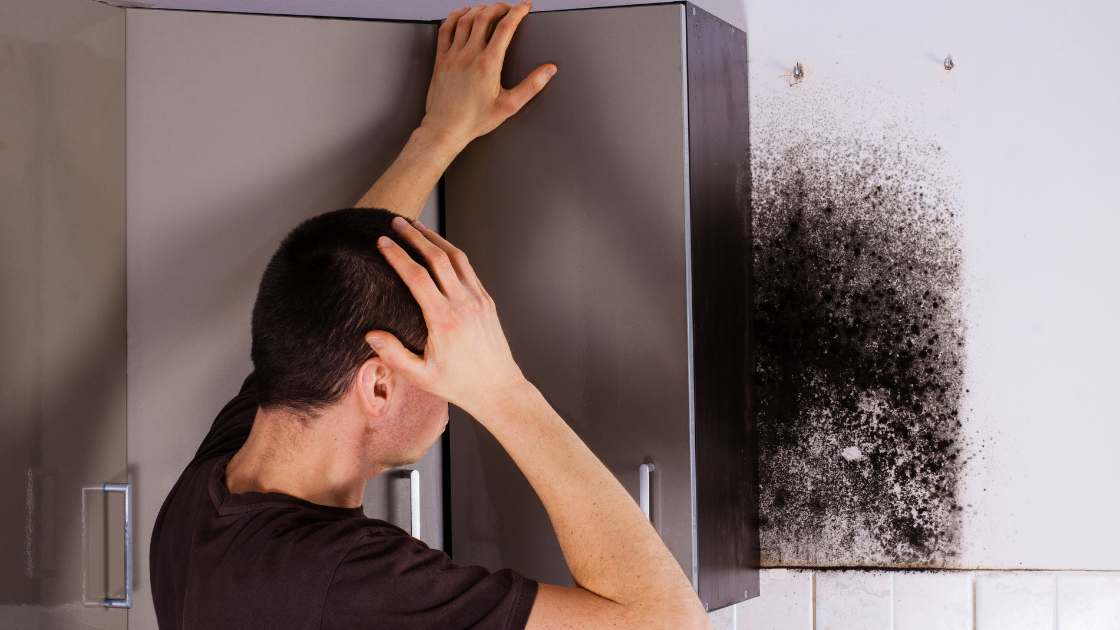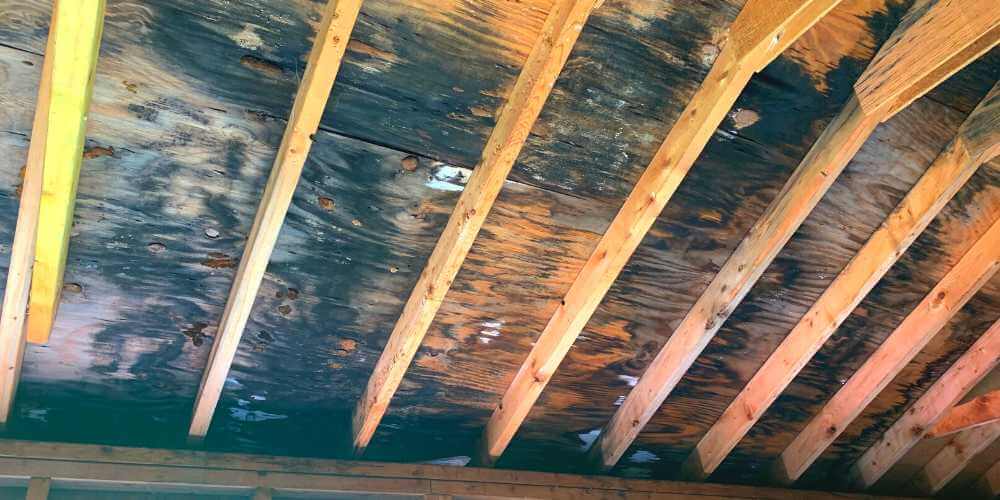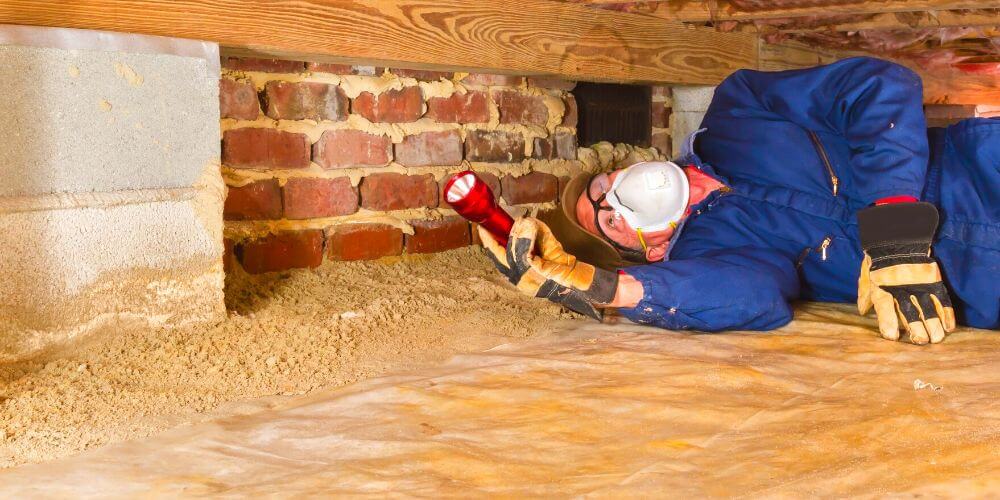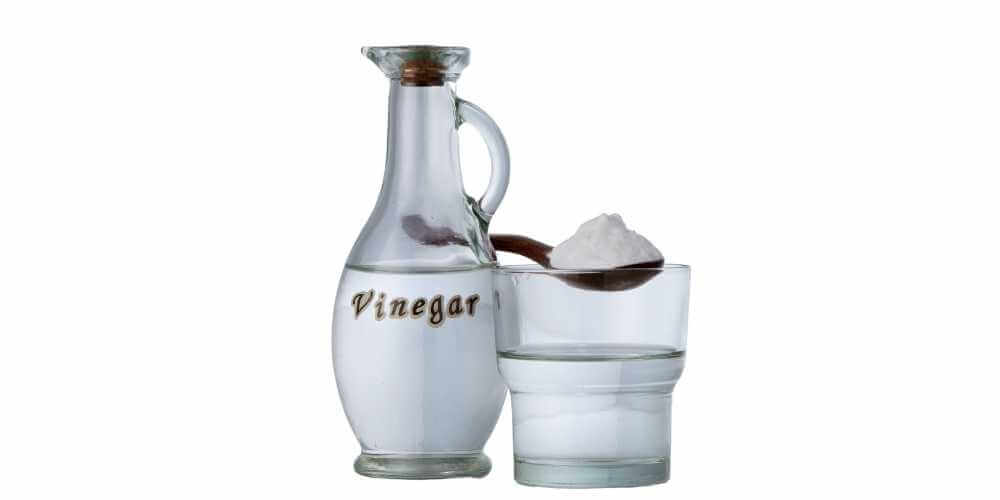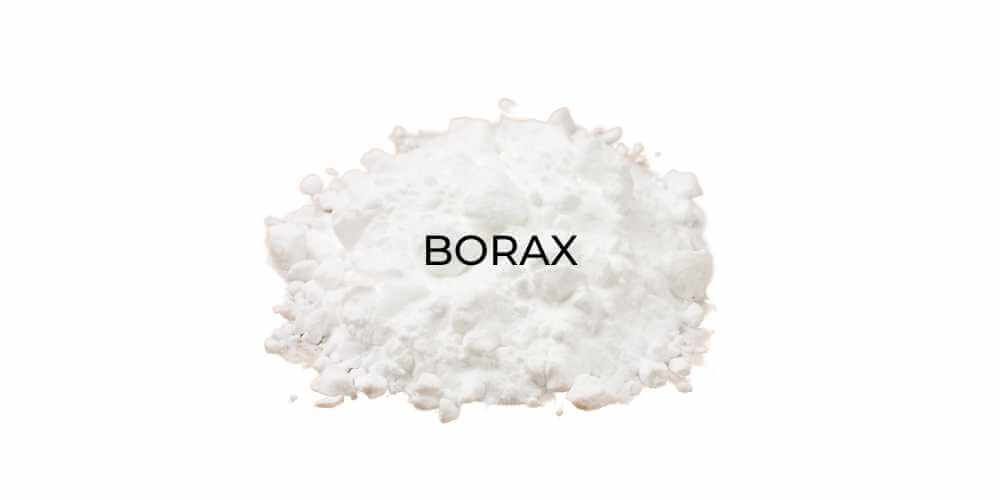|
Attaining a safe and healthy living space is vital to our overall well-being, yet hidden dangers can threaten its quality - such as mold. Molds are a fungus that grows in damp conditions, which could have serious adverse health impacts if present. This article will examine mold exposure effects and its potential risks to our well-being. By understanding these threats, we can take necessary measures to prevent and address mold-related problems. To understand the consequences of mold exposure, let's follow Joanna through her journey toward health. Joanna's Mold Exposure StoryJoanna shares her health journey and the challenges she encountered due to recurring health issues. Symptoms she suffered included strep infections, chronic runny nose, and cognitive decline, which she suspects to be due to mold exposure. After living in mold-infested homes and trying multiple unsuccessful treatments, she realized diet was critical in improving her health - specifically by decreasing inflammation caused by candida overgrowth in her gut. Joanna quickly realized that treating the root causes of her inflammation - such as mold exposure or parasites - was crucial to long-term healing. To her relief came an extreme gut and bowel cleanse, dramatically improving her overall health and energy levels. Joanna stresses the importance of seeking out and eliminating root causes rather than solely treating symptoms. Joanna's story highlights the significance of taking an integrative approach to healthcare, combining dietary changes with identifying and treating infections or toxins and lifestyle modifications. She hopes her experience can provide relief and restore their well-being. Read more here… We will explore the effects of mold exposure more thoroughly in subsequent sections. By understanding its impact on health, we can arm ourselves with the knowledge to protect ourselves and those we care for from mold exposure. Let's delve deeper into the symptoms, side effects of mold in house, and potential risks associated with mold exposure. What is the Mold Exposure Symptoms?Mold symptoms can vary considerably and affect people differently. Some may experience respiratory issues like coughing, wheezing, and shortness of breath, while others develop allergies with symptoms like sneezing, itchy or watery eyes, and runny nose. Skin rashes, headaches, fatigue, and difficulty focusing are also often experienced with mold exposure. Mold in Houses and Its ImpactMold can pose serious health risks in our homes. Mold spores release allergens and irritants into the air, triggering allergic reactions and worsening respiratory conditions such as asthma. Prolonged exposure can also compromise an individual's immune system, leaving them more prone to infections and illnesses. Mold can also produce mycotoxins, harmful chemicals with serious health repercussions. Mycotoxins can enter our bodies through inhalation, ingestion, or skin contact and cause symptoms, potentially leading to long-term health concerns. Understanding Mold IllnessesMold illness (also referred to as biotoxin illness or mold toxicity) occurs when individuals are exposed to high concentrations of mold toxins or mycotoxins and can result in a range of symptoms, including chronic fatigue, muscle and joint pain, headaches, memory issues, and digestive problems. Due to overlap with symptoms from other conditions, diagnosing mold illness may be difficult, often requiring an in-depth assessment of medical history, symptoms, and exposure history to pinpoint its root cause accurately. Mold Exposure and Minimizing Health RisksTaking proactive steps is crucial to reduce the health risks associated with mold exposure. Here are a few measures you can take:
Implementing preventative measures and maintaining a clean and dry living environment is vital to minimizing mold exposure risks and their harmful health implications. Priority should always be given to early detection and prompt action when dealing with potential mold contamination issues. Final ThoughtsMold exposure can potentially have severe and long-term repercussions for our health, from mild allergic reactions to more serious health conditions and even chronic illnesses. Understanding the risks and taking proactive steps against mold issues are critical elements in maintaining a safe living environment. Joanna's mold exposure experience serves as a timely reminder that lasting relief often requires an interdisciplinary approach. We can make significant strides toward improved well-being by targeting root causes such as mold exposure or environmental factors; remember, finding and eliminating their source is the goal. When signs or symptoms indicate mold exposure or contamination, it's wise to contact a healthcare provider or environmental specialist immediately. They can assist in understanding all aspects surrounding mold-related health problems and provide solutions. By being informed, taking proactive measures, and seeking appropriate assistance, you can shield yourself and your loved ones from mold exposure's detrimental effects. Let's prioritize health by creating living environments promoting wellness and vitality. Need mold remediation in Spokane WA? CALL US FAQsWhat are the typical symptoms of mold exposure?Mold exposure may manifest in various ways, from respiratory issues such as coughing and wheezing to allergies such as sneezing and watery eyes to skin rashes, headaches, fatigue, and difficulty focusing. Can mold have long-term health ramifications in homes?Yes, prolonged exposure to mold in homes can have long-term health implications. Mold spores may compromise immunity and increase susceptibility to infections and illnesses. Furthermore, certain species produce mycotoxins which have the potential to have severe health impacts if inhaled for extended periods. How can I reduce the risks of mold exposure?To lower health risks, moisture issues in your living spaces must be effectively addressed. Be sure to identify and fix sources of excess moisture; maintain adequate ventilation; inspect for mold growth regularly; use mold-resistant materials when renovating or building new structures, etc. What is mold illness and how can it be diagnosed?Mold illness (mold toxicity or biotoxin illness) occurs when exposed to high concentrations of mold or mycotoxins. Diagnosing mold illness can be challenging due to symptoms that overlap with those associated with other conditions; an extensive evaluation of medical history, symptoms, and exposure is typically performed to diagnose mold illness accurately. What should I do if I suspect mold in my home?If you suspect mold exposure, you should seek advice from a healthcare professional or environmental specialist immediately. They can assess your situation, conduct necessary tests or inspections and offer guidance regarding remediation measures or health interventions to address mold effectively and reduce associated health risks. Taking swift action against mold issues effectively will reduce associated health risks significantly.
Mold is a frequent issue that many homes deal with, and if left untreated, it can pose a significant health risk. Is it possible to entirely eradicate mold from the home? This is a common question. This question's response is complicated because it depends on various variables. We will discuss the various facets of mold removal in this post and whether mold can ever be removed from a home. Can You Get Rid of Mold in a House?The simplest response to this query is that mold in a home can be removed. Unfortunately, house mold removal is not always simple and might be difficult. Identifying the Mold TypeFinding out what kind of mold is present in the property is the first stage in the mold removal procedure. Visual inspection or sending a sample to a lab for testing can be used to accomplish this. It's critical to identify the type of mold since various molds require various removal techniques. Making a Removal PlanMaking a plan for removal comes next after determining the type of mold. Mold can frequently be eliminated by removing and cleaning the contaminated materials. For instance, if mold is discovered on a wall, the afflicted area can be cleansed using a water and detergent solution, and the drywall that has been damaged can be taken out and replaced. For minor mold infestations, this technique can be effective. Removing Difficult MoldRemoval could be more difficult if the mold has migrated to other areas of the house or is in a difficult-to-reach place. In these situations, hiring a trained mold remediation company to help with the removal procedure may be important. Professionals who specialize in mold remediation have the equipment and knowledge required to remove mold from a property in a secure and efficient manner. Preventing Future Mold GrowthControlling indoor moisture levels, responding quickly to leaks, and ensuring that bathrooms and kitchens have adequate ventilation are all ways to achieve this. Additionally, routine housekeeping and inspections can aid in preventing the growth of mold. Mold Damage in HouseWhile mold in a home can be eradicated, damage may result if it is not handled. Mold can harm drywall, insulation, and other materials and undermine a building's structural integrity. Also, persons who are exposed to it may experience health issues. Mold issues must be handled right away. If they are ignored, they can result in substantial damage and become more difficult to remove. It's crucial to remember that while afflicted items can occasionally be cleaned and removed, total mold eradication is not always achievable. This is because mold spores may still be present in the air and on surfaces and may resurface in certain circumstances. How to Safely Remove Mold in HouseMold must be removed as soon as it is discovered since it may be a severe problem for a property. To properly eradicate indoor mold, take the following steps:
Eliminate the Mold: This can be done by cleaning the space and removing damaged items. To eliminate mold spores from the air, it may be required to utilize specialized equipment such as an air scrubber or a vacuum with a HEPA filter on occasion. How to Treat Mold from a HouseA home with mold development must be dealt with immediately because it can harm one's health. It's crucial to take action to stop the mold from returning in addition to getting rid of it. Following these procedures will help you efficiently in how to treat the mold in house. 1. Control the Humidity LevelMold can grow quickly in environments with high humidity levels. It's crucial to control the humidity levels in your home to avoid mold recurrence. One approach is using a dehumidifier in high-humidity places like the bathroom or basement. In hot, humid weather, keeping the air conditioner on can also assist control humidity levels. 2. Fix Plumbing Issues and LeaksA roof or pipe leak can cause moisture to accumulate, which is perfect for mold growth. Finding and correcting plumbing problems and leaks helps stop mold development from happening again. Leaks can be found early on with the help of routine inspections of the roof, pipes, and other house components. 3. Ensure Proper VentilationTo stop mold from growing in the house, proper ventilation is essential. Thanks to ventilation, mold spores are more difficult to settle and increase when better air circulation and moisture reduction occur. Ventilation can be increased by opening windows, employing exhaust fans in the kitchen and bathroom, and ensuring optimum airflow throughout the house. 4. Facilitate Regular CleaningRegular cleaning is critical to halting the formation of mold in the home. Cleaning bathrooms and kitchens regularly can help avoid moisture buildup, which can result in mold growth. Mold spores can also be removed by regularly washing draperies and bedding. ConclusionWhen it comes to mold, it's crucial to recognize that while cleaning and removing damaged materials can eliminate some types of mold, complete eradication is often not possible. That's why mold experts refer to the process of eliminating mold as "mold remediation." Swift action is key in addressing mold issues to mitigate the harm it can inflict on your home.
However, it's critical to take precautions to stop mold from developing in the first place, including managing humidity levels, resolving plumbing leaks, and routinely cleaning and ventilating your home. By following these instructions, you can contribute to keeping your house mold-free and safe for you and your family. Mold growth is a prevalent issue that can lead to various health problems, making it a cause for concern in many households. Mold removal from a house or other structure is called mold remediation. The critical question is, will mold come back after remediation? The Mold Removal ProcedureMold remediation is a complex process that entails removing mold and stopping it from growing again. There are various steps in the remediation process:
Will Mold Return After Cleanup?Mold can potentially grow back after remediation if the root cause of the moisture that caused the initial mold growth is not addressed. However, if the source of moisture is effectively eliminated, mold remediation should prevent any further recurrence of mold in that area. Preventing Mold Growth After RemediationAs a homeowner, you should know what to do after mold remediation. Keeping the afflicted areas dry is one of the things you may do after mold removal. This can help prevent mold from returning since moisture is the main factor in mold growth. The following advice will help keep the region dry:
Monitoring for Mold GrowthMonitoring the area for symptoms of mold growth is another action you may take. If you experience any mold symptoms, such as a musty stench or noticeable mold growth, you should immediately contact a mold remediation specialist. Observe the warning indicators listed below:
Addressing Underlying IssuesAddressing any underlying problems that led to mold growth in the first place is also crucial. For instance, if a leaky pipe is a reason for mold growth, you should mend the pipe to stop further mold growth. Other important matters to consider the following:
Why Does Mold Keep Coming Back?Let's now discuss the reasons mold recurs. If the root causes of the mold growth are not resolved, the mold may keep returning. Here are some typical explanations for why mold continues reappearing:
ConclusionMold remediation is a complicated process that involves removing mold and stopping it from growing again. After cleanup, it is essential to keep the affected areas dry, watch for symptoms of mold growth, and take care of any underlying problems. Contacting a mold remediation specialist if the mold keeps resurfacing is also essential.
Prevention is critical; adopting measures to stop mold formation will help avoid financial and health risks. MOLD IN CRAWL SPACE: TIPS TO TREAT MOLDMold in crawl space is a potentially dangerous form of fungal growth that has the potential to cause serious illness or even death. Molds primarily thrive when they are water-logged, in the dark, and warm. The following article will offer tips on how to eliminate mold from your crawl space and prevent it from returning. What Causes Crawl Space Mold?1. Humidity and CondensationMold in your crawl space most commonly occurs when moisture leaks into the crawl space. The moisture is carried by temperature changes in the area and can easily be spread through the walls and floor of the crawl space. Molds may also grow from dirt and other organic matter that has been left on the concrete without cleaning. The majority of mold spores produce allergens such as toxins, which are found in high concentrations near molds. 2. GroundwaterGroundwater is a common source of mold growth, and since crawl spaces are below the ground they are at higher risk of this type of mold infestation. When water comes into contact with your crawl space, it can lead to a major fungal growth. The water can also be linked to the internal plumbing within your home and the pipes carrying waste water from other parts of your home. 3. Basement Cracks and FloodingIt is not uncommon for the foundation of a home to crack when it is being built. When this occurs, water can leak into the crawl space and cause mold to grow. Flooding may be caused by a leak or break in your water main and could result in mold growth if the water stays in the crawl space long enough. Tips to Treat Mold in Crawl SpaceThere are certain things that you can do to prevent mold in your crawl space, and with proper upkeep, you can keep it away. Keep your home's foundation, crawl space floor and walls dry. Below are things to consider when it comes to mold in your crawl space: 1. By Use of VinegarVinegar can be used in a number of ways that will help eliminate mold in your crawl space. Vinegar has been proven to be an effective cleaner that can reduce mold growth. Vinegar is highly recommended by some experts, as it is an eco-friendly solution to mold removal and it can also be used in other ways to improve the health of your home. Vinegar takes away that musty smell that comes from accumulated dust and debris. 2. Baking SodaBaking soda is another effective cleaner that can be used to remove mold from the crawl space. Minty scents are often added to baked goods such as cookies, which makes baking soda easily recognizable by scent. It is also advisable to use baking soda in combination with vinegar, as it will help reduce unpleasant odors. 3. BoraxBorax is a well-known substance used for many purposes, but it is useful for removing mold from the crawl space. This cleaner works by causing mineral buildup around the molds that has been created. Call for a mold remediation companyThere are many ways to treat mold in your crawl space. By following the tips provided here, you can eliminate mold from your crawl space and prevent it from returning. To Prevent Mold Growth call for a mold remediation company. Call Mold Remediation Spokane WA for mold crawl space treatment in Spokane WA.
|
AuthorMold Remediation Spokane WA is a mold company expert Archives
July 2023
Categories |
|
SERVING SPOKANE WA AND
SURROUNDING AREAS |
cOMPANY INFOADDRESS
Mold Remediation Spokane WA 4407 N Division St #714 Spokane, WA 99207 BUSINESS HOURS
7 AM- 11 PM We want to be available to you anytime of day. That's why we don't constrain what we do to business hours. |
OUR SERVICESSOCIAL MEDIA |




